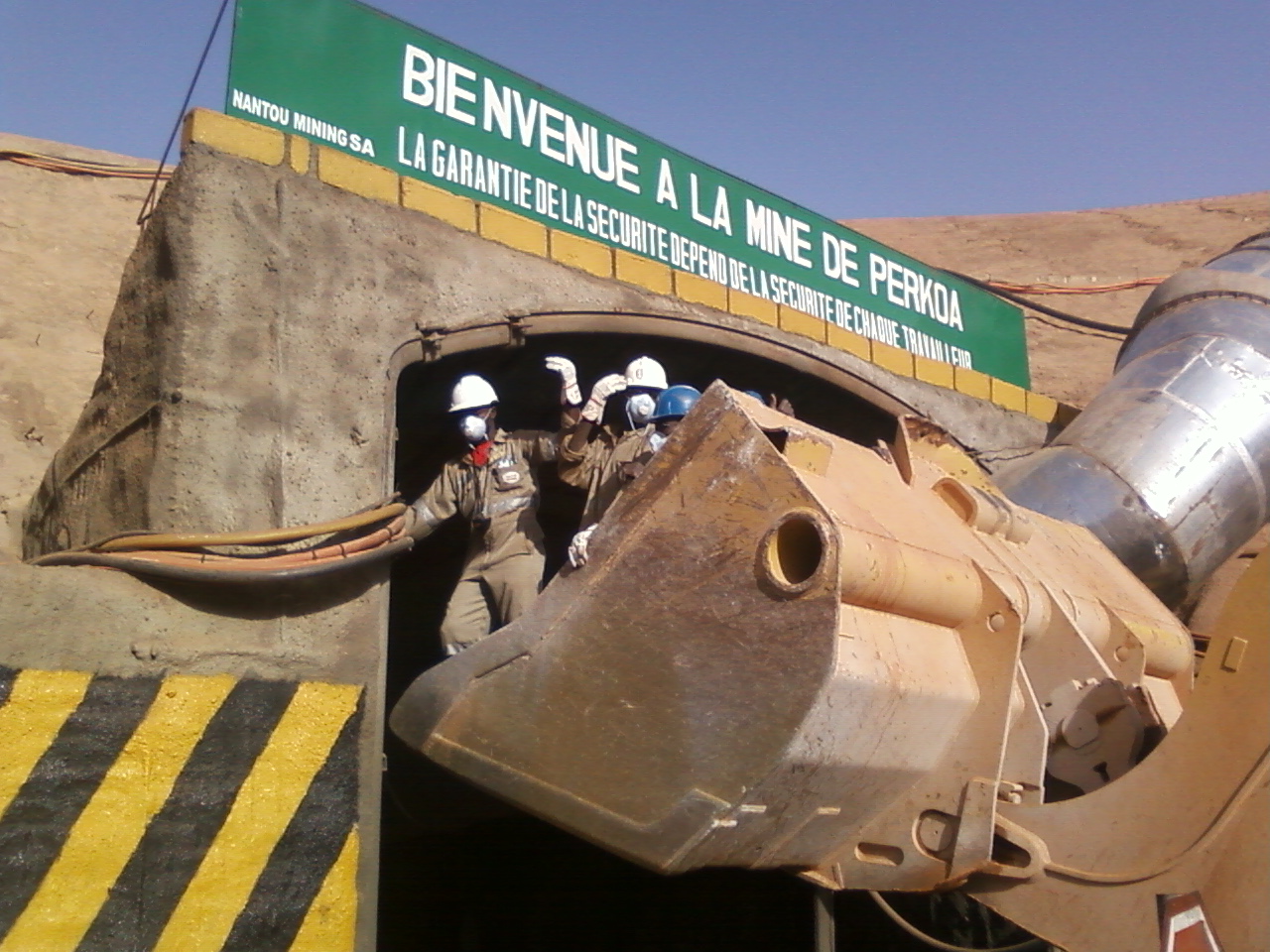Smart Mining Starts Small: Why Medium Mines Are Going Broadband
Business Critical
Broadband Communication
Broadband is becoming the industry standard, and medium and small mines should join the shift—even with smaller budgets and footprints. You don't need a full-scale build to gain real benefits. Targeted broadband boosts production efficiency by speeding decisions, cutting downtime, and enabling remote monitoring and automation tools (for example, remote control of equipment or automated alerts). Using broadband terminals for video, voice, and data also reduces paper workflows and speeds office tasks—reports, logs, and permits can be shared digitally for faster approvals and better recordkeeping.
Adoption can be phased: start with a pilot corridor, a haul road, or a camp and expand as needed. Hybrid models—using public LTE where available and dedicated nodes (like BDNode) for gaps—keep costs under control while delivering the low latency and capacity needed for safer, more efficient operations.

Two choices to establish broadband: Dedicated vs. Public LTE/5G
You can build broadband networks in two ways. Each has pros and cons.
· Dedicated broadband network (private or industry-managed)
Pros: Full control over capacity, security, QoS (priority for control/alerts), and guaranteed performance for critical systems. Works where public coverage is poor.
Cons: Higher up-front cost if built from scratch; needs local planning and has to apply for the frequencies. But newer node-based systems cut the deployment time and cost.
· Public LTE/5G (carrier network)
Pros: Low initial cost—use existing public coverage; no local network build. Fast to start if coverage is strong.
Cons: No control over congestion or priority; public carriers may not guarantee low latency or reserved capacity during incidents. Coverage can be weak or absent in remote pits or underground.
Many sites choose a hybrid approach: use public LTE/5G where it is good, and deploy a dedicated solution for remote pits, underground, or critical corridors.
Hytera's broadband option: BDNode for dedicated coverage
Hytera's BDNode is a broadband data node designed for medium & small mines that want a practical, low-cost dedicated network.
What BDNode is
Auto-networking: BDNodes form a mesh automatically. No fixed infrastructure is required.
Easy to deploy: Install nodes where you need them; add or move nodes as the mine advances.
Unlicensed spectrum: BDNode uses unlicensed 5.8 GHz for networking and 2.4 GHz for WLAN, so users don't need to apply for spectrum.
WLAN access: Terminals with WLAN can join the BDNode network directly.
High bandwidth, low multi-hop loss: Supports video, telemetry, IoT, and voice with small bandwidth loss across hops.
Flexible interconnect: BDNode can link cameras, IoT devices, repeaters, and command-center systems.
Power options: Solar, battery, or local power. Solar is a low-cost option in open pits with good sun.
How BDNode works in open pit settings
Video & monitoring: Fixed cameras connect to BDNodes to stream live video to the command center.
Fleet automation & control: Large bandwidth supports automation commands to trucks and machines. Trucks can stream telemetry and receive control messages.
IoT & sensors: BDNode links sensors for condition monitoring and environmental alarms.
WLAN terminals: Tablets and devices use BDNode WLAN to access communication apps and make group calls.
Flexible coverage: As benches shift, simply add or move BDNodes. The network re-forms automatically.
Why it's cost effective: BDNode avoids long fiber runs and complex civil works. It gives broadband where you need it, fast.
Hybrid option: Use public LTE/5G when available
If public LTE/5G coverage is strong on site, it can be the main broadband path. In this model:
Use public LTE/5G for general broadband services where signal is good.
Deploy BDNode to fill gaps: underground entries, deep pits, long haul corridors, and indoor plant areas.
BDNode can bridge to the public network at one or more points to give seamless service.
This hybrid approach keeps costs down while still giving reliable coverage for critical areas.
Conclusion
Medium and small mines can gain big benefits from broadband without huge expense. The choice is simple: use public LTE/5G where coverage is good, and add a dedicated, low-cost BDNode mesh where it is not. BDNode gives fast setup, flexible coverage, WLAN access for terminals, video support, and solar power options. Combined with public networks and simple planning, this approach brings safety, productivity, and a clear path toward automation—at a practical cost for medium and small mining sites.






